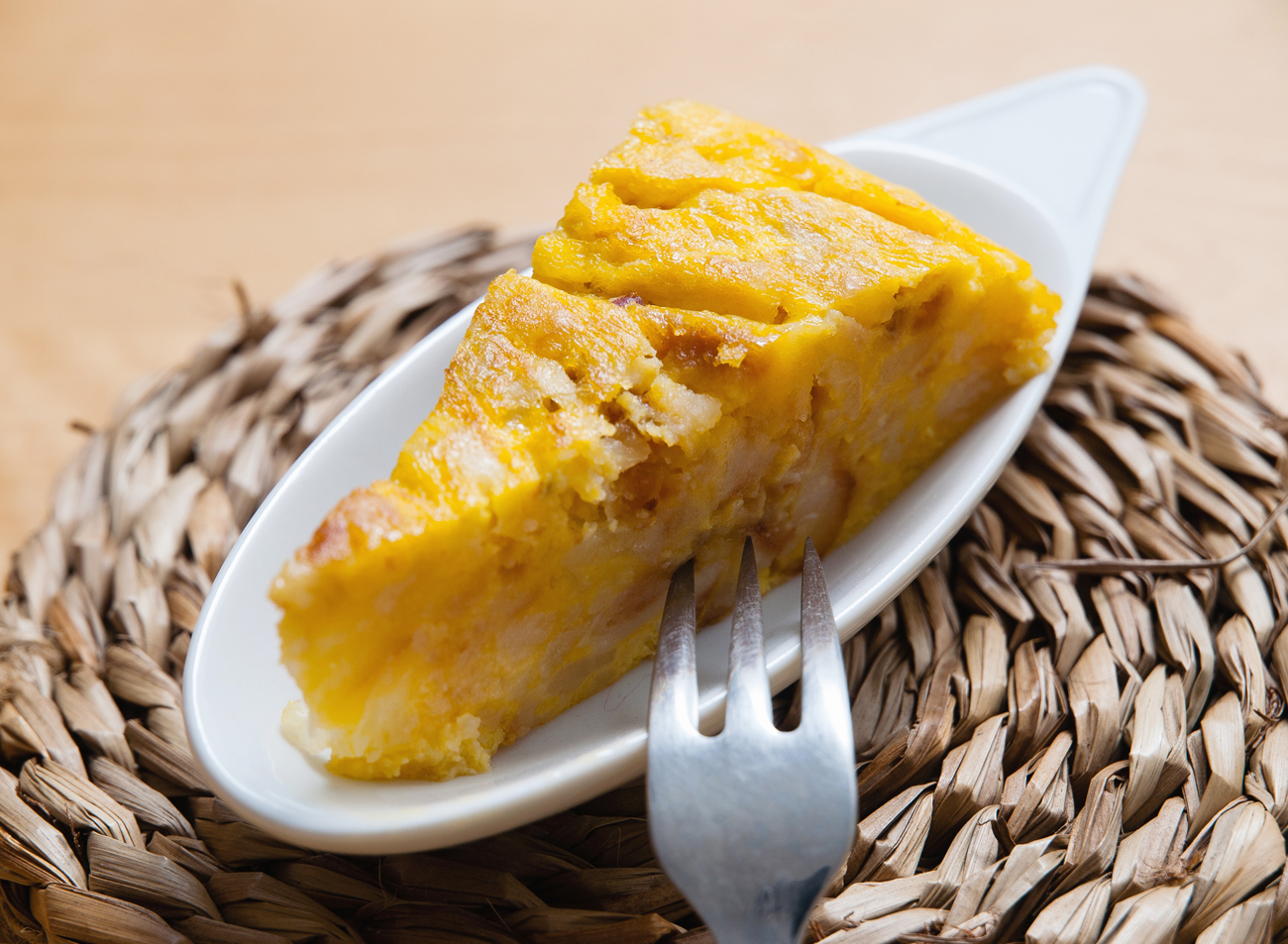
This simple meal is best made in a Russian oven.
Shutterstock / Legion-MediaIt was easy to get overheated sitting in my grandparents’ house with its hot Russian oven and I often made excuses to go outside under the pretense of performing some kind of task. Most of all I loved shoveling snow. I could do it all day, delighting the women, until the whole village was clean. Or I would put on my skis and go with my grandfather to collect firewood. One day, however, there hadn’t been much snow, my grandfather had plenty of firewood chopped, split and stacked into neat woodpiles and there was nothing I could really do. As I wandered aimlessly around the village, I walked by Natasha’s hut and saw her strenuously splitting blocks of birch wood with an axe. I couldn't just keep walking, and so I helped her, battling with the blocks of wood. I am not particularly skilled with an axe, but my grandfather had taught me some techniques and soon the wood was split and stacked.
By the time I finished, it was almost completely dark and Natasha invited me in for tea. I had never been inside her extremely tiny house, which from the outside looked like the kind of hutch a rabbit family in a fairytale might live in. I very much wanted to see the inside, but I was concerned about causing Natasha any trouble. I declined politely, saying that my grandparents were surely worried about me, but Natasha winked at me and said, "Have you ever tried drachena from the oven?" Honestly, I didn’t even know that word. “We wanted to bake it today,” Natasha continued. “The girls are coming. We'll have some tea. Come over." And then, to make sure I would definitely come, she added, "But only if I had some sour cream or condensed milk. No one has it. We can do without it, but drachena tastes better with it."The thing to know here is that the local store would not have any such items and, of course, none of the women had any extra money to spend on it anyway.
Hearing about my plans for the evening, my grandmother, without blinking an eye, gave me a dozen eggs, a can of condensed milk from her stockpile and a bag of candy, since it is inappropriate to go to someone's home without bringing some goodies. And so I went.
Three other "girls," the youngest of whom had just turned 75, were already assembled in Natasha's hut when I arrived. They were sitting on benches around a small table, below a cluster of icons in lace valances and a burning lamp. A dim bulb shone under a lampshade. The air had a conspiratorial feel. My appearance with the gifts was met with unconcealed enthusiasm. A glazed bowl stood on the table. And then, the preparing of drachena commenced.
Natasha took out eight warm boiled potatoes from a cauldron, the girls immediately peeled them and threw them into the bowl. Natasha mashed them with a fork, sprinkled some flour and added a pinch of salt. Then she poured in three beaten eggs and the condensed milk and cheerfully mixed everything until it was more or less homogenous. Afterwards, she poured it into an iron frying pan that had been greased with sunflower oil. She opened the oven's metallic shutter, placed the pan inside, next to the remaining coals, and closed the shutter.
"Usually, drachena is made with sour cream or with regular cream, but without sugar. Once by accident, not seeing what we were doing, instead of the usual condensed milk, we poured in condensed milk with sugar. But then it turned out that it's even more delicious like that!" Natasha said.
While the girls were remembering who made which kind of drachena in which year and on which occasion, it was time to take out the pan. A wonderful aroma had permeated the hut.
The drachena's visual appeal was hard to describe. It had a rose-orange crust that resembled a tropical sunset. I later learned this kind of crust appears only if you make a drachena in a Russian oven.
We placed the pan right in the middle of the table and for some time just stared at it. The rose-orange glow from the pan was like a flame, highlighting the faces of my dining companions. I thought: “This is what happiness looks like.” In that moment, there was no such thing as a difficult past or a foggy future. There was only the crackling winter night and there, in the middle of the world, a hut with an oven, a drachena the color of a tropical sunset, four old ladies and me, sitting silently among them.
2. Beat the eggs separately with a whisk, mix them in lightly with the potato mass and pour into a frying or baking pan greased with sunflower oil or butter. Immediately place the pan into the stove.
The dish is ready as soon as it forms a beautiful crust.
If using any of Russia Beyond's content, partly or in full, always provide an active hyperlink to the original material.
Subscribe
to our newsletter!
Get the week's best stories straight to your inbox